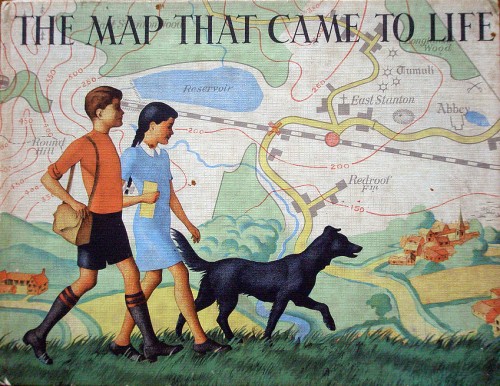 Spin-offs from the financial crisis proliferate. On Radio 4 Phill Jupitus' Strips provided the creators of the Telegraph's Alex cartoon with a platform. There were some interesting insights into the creative process and a side-swipe at the dearth of young people who can actually draw.
Spin-offs from the financial crisis proliferate. On Radio 4 Phill Jupitus' Strips provided the creators of the Telegraph's Alex cartoon with a platform. There were some interesting insights into the creative process and a side-swipe at the dearth of young people who can actually draw.
Artist Charles Peattie and journalist Russell Taylor are both in their forties. They met at a party in 1986. Charles had a commission for a strip for the financial pages of the London Daily News and the result was Alex.
The strip is a wicked send-up of nasty City types with such a huge following it has now turned into a stage show, with a film promised. The strip's creators are such experienced collaborators they develop the cartoon by email. Scans of roughs are swapped and layers of stuck-on emendations are built up.
Peattie and Taylor mockingly described themselves as the 'Ant & Dec' of the UK cartooning world, since they are often the youngest attendees at cartooning conferences.
Now that graphic designers draw with mice, what's the future for brilliantly-crafted satirical cartoons like Alex? Not good according to Peattie and Taylor: 'people don't learn to draw so much... cartoons depend on a fairly academic way of drawing... more [cartoonists] have died in the last decade than have come up'.



